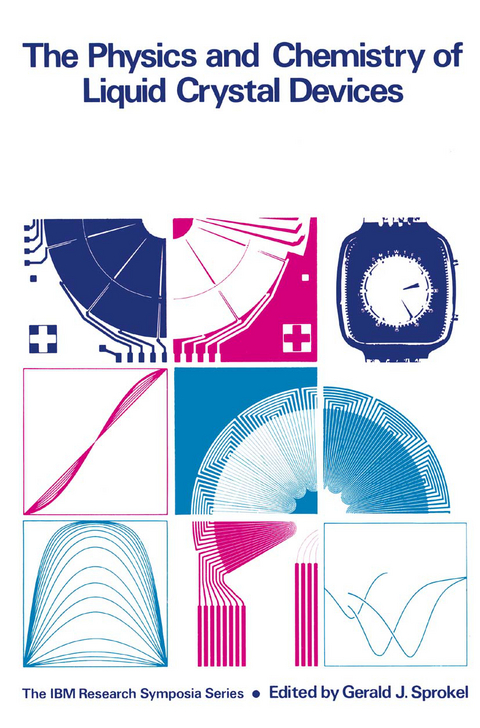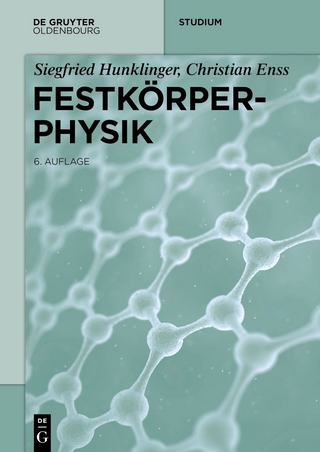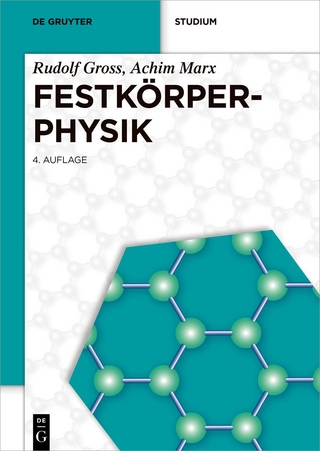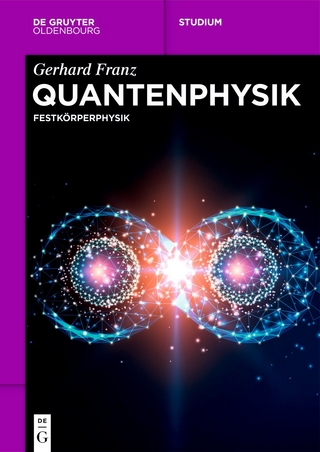
The Physics and Chemistry of Liquid Crystal Devices
Kluwer Academic/Plenum Publishers (Verlag)
978-0-306-40440-5 (ISBN)
Over 100 scientists met at the IBM Research Laboratory in San Jose. California for a symposium on the Physics and Chemistry of Liquid Crystal Devices. The two-day meeting was intellectually stimulating with excellent oral presentations and with person-to-person discussions. The applications of liquid crystals have developed dramatically in the past ten years. In these few years, they have moved from being a laboratory curiosity to products in the market place. The first commercial application (1940's) of liquid crystals was the preparation of a light polarizer. The second commercial application was their use as temperature sensors. The third major application of liquid crystals dealt with commercial displays. Other current applications include polymeric and graphitic fibers and light attenuators. The future of liquid crystals looks very promising indeed. One can expect to see new fibers of qualities which will be superior to those presently known. Graphitic fibers or other physical forms of graphitic materials will be used as catalytic surfaces for chemical synthesis. In the display area. one can expect to see television screens using liquid crystals. Larger displays than are now used in wrist watches and pocket calculators will become available. Liquid crystals using color displays will become commercially practical. Watches. calculators and television screens will have color.
Physics.- Surface Orientation and Compliance Effects on Twist-Cell Performance.- Molecular Orientation of Monomolecular Liquid Crystal Layers on Various Substrates.- An R.F. Plasma Technique for Producing Twisted Nematic Liquid Crystal Cells.- Liquid Crystal — Surface Interactions by Surface Plasmons.- Anchoring Properties of Liquid Crystals at the Substrates: Temperature Dependence of Pretilt.- Optical Characteristics of Liquid Crystal Displays.- Multiplexing Limits of Twisted Nematic Liquid Crystal Displays and Implications for the Future of High Information Content LCDs.- Influence of the Device Parameters on the Performance of Twisted-Nematic Liquid-Crystal Matrix Displays.- Ultimate Limits for RMS Matrix Addressing.- Accurate Optical Measurement of Small Tilt Angles in Thin Twisted Nematic Layers.- Effects of Cell and Material Properties on Multiplexing Levels of Twisted Nematic Liquid Crystal Displays.- Sensitive Measurement of Twist in LCD’s.- Liquid Crystal Devices.- Liquid Crystal for Multiplexed Twisted Nematic Displays — Its Philosophy and Practice.- Guest-Host Displays.- Analog Displays — The Other Approach to LCD’s.- Projection Storage Displays Using Laser-Addressed Smectic Liquid Crystals.- The Role of Shadows in the Viewability of Twisted Nematic Liquid Crystal Displays.- Directly Driven Liquid Crystal Analogue Meter and Horological Displays.- Liquid Crystal Materials.- Liquid Crystal Materials for Display Devices.- Synthesis of Trans-4-Alkylcyclohexane Carboxylic Acids and their Nematogenic Esters.- Preparation and Characterization of a Series of Liquid Crystalline Diesters.- Effect of Molecular Structure on Mesomorphism. 101. Design of Materials having Smectic-Isotropic Maxima in Binary Mixtures.- Thermodynamics of the Liquid Two-Phase Regionsin Binary Mixtures of Mesogenic Materials.- The Analysis of Liquid Crystal Mixtures.
| Erscheint lt. Verlag | 1.6.1980 |
|---|---|
| Reihe/Serie | The IBM Research Symposia Series |
| Zusatzinfo | XI, 348 p. |
| Verlagsort | New York |
| Sprache | englisch |
| Maße | 178 x 254 mm |
| Themenwelt | Naturwissenschaften ► Physik / Astronomie ► Festkörperphysik |
| Naturwissenschaften ► Physik / Astronomie ► Optik | |
| Technik ► Elektrotechnik / Energietechnik | |
| Technik ► Maschinenbau | |
| ISBN-10 | 0-306-40440-0 / 0306404400 |
| ISBN-13 | 978-0-306-40440-5 / 9780306404405 |
| Zustand | Neuware |
| Informationen gemäß Produktsicherheitsverordnung (GPSR) | |
| Haben Sie eine Frage zum Produkt? |
aus dem Bereich


